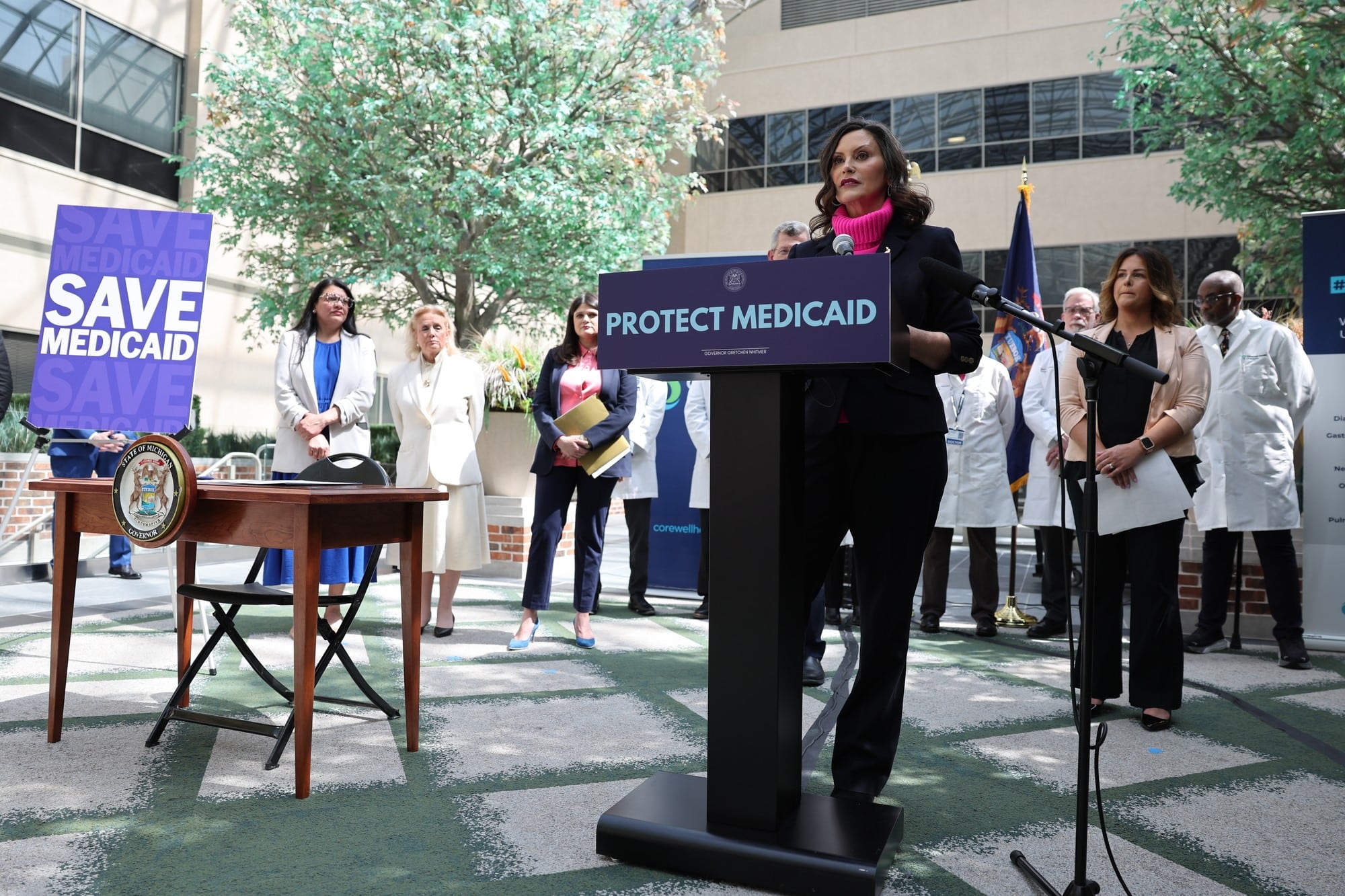Historical Context and Evolution of Medicaid
Medicaid, established in 1965 as part of the Social Security Act amendments during the Johnson administration, has emerged as a fundamental pillar in the American healthcare system. Throughout its nearly six decades of existence, the program has evolved from a modest initiative to a comprehensive safety net serving approximately 80 million Americans, representing about 25% of the U.S. population.
The program’s structure is notably complex, operating through a federal-state partnership where the federal government establishes general guidelines while states maintain considerable flexibility in implementation. Funding works through a Federal Medical Assistance Percentage (FMAP) system, which varies from 50% to 78% depending on the state’s per capita income, creating a mosaic of 56 distinct programs including territories.
Detailed Breakdown of Current Cut Proposals
According to data published by the Congressional Budget Office and reporting from the Washington Post and Kaiser Family Foundation in June 2025, the reform proposals presented include:
Deep Structural Modifications
- Transition to Block Grants: Replacement of the current open-ended matching system with predetermined fixed allocations, with annual growth limited to 2% below the historical medical inflation rate of 5.8% per year.
- Implementation of Per Capita Caps: Establishment of maximum spending limits per beneficiary, differentiated by demographic category (elderly, people with disabilities, children, adults without disabilities), with adjustments based on the Medical Care Component of the Consumer Price Index.
Changes to Eligibility Criteria
- Work Requirements: Obligation of 30 weekly hours of work activity for beneficiaries between 19-64 years without dependents, with limited exceptions for people with documented disabilities.
- Intensified Eligibility Verifications: Implementation of a quarterly income and employment status verification system, replacing the current annual model.
- Elimination of ACA Expansion: Gradual removal of coverage for adults with income up to 138% of the federal poverty level, implemented under the Affordable Care Act.
Alterations to Service Coverage
- Reconfiguration of Essential Benefits Package: Permission for states to limit non-emergency services, particularly in mental health and chemical dependency treatments.
- Implementation of Cost Sharing: Introduction of copayments for emergency services (ranging from $50 to $150) and medical consultations ($15 to $30) for beneficiaries with income above 100% of the federal poverty level.
Impacts Projected by the Congressional Budget Office
The economic and demographic analyses from the CBO, published in May 2025, present substantial projections:
- Coverage Reduction: Estimated decrease of 14.3 million beneficiaries in the first five years, increasing to 21.7 million after a decade.
- Demographic Distribution of Impacts: Analyses indicate that 7.2 million children, 4.8 million elderly, and 9.7 million working-age adults would lose coverage.
- Budgetary Savings: Projected reduction of $963 billion in federal spending over 10 years, representing approximately 15% of Medicaid’s projected budget for that period.
- Cost Transfer: Estimated shift of $217 billion in costs to state governments and $342 billion to healthcare providers through uncompensated care.
Stakeholder Perspectives
Positioning of Advocacy Groups
The American Hospital Association and the Federation of American Hospitals have warned that the proposed reductions could destabilize rural and safety-net hospitals, with an independent study by the Commonwealth Fund estimating that 427 rural hospitals would face a high risk of closure within five years of implementation.
State Perspectives
The National Governors Association published a detailed analysis demonstrating significant variations in impact among states, with those that adopted the ACA expansion facing disproportional challenges. States like Kentucky, West Virginia, and New Mexico could suffer federal funding reductions exceeding 30%, while wealthier states like Massachusetts and New York would face reductions between 12-18%.
Implications for Vulnerable Populations
Recent research from the Urban Institute and the Center on Budget and Policy Priorities identified that rural communities, indigenous populations, and low-income urban neighborhoods would be disproportionately affected, with projected increases of 28% in catastrophic health expenses for families in the 100-200% range of the federal poverty level.
Comparative Analysis with Previous Reforms
The current proposals contain elements that echo previous reform attempts, notably the proposals of 2017 and 2022, but with more gradual implementation mechanisms. Unlike previous attempts, the current proposals include “stabilization adjustment” provisions that moderate the initial impact, although long-term projections remain similar.
Legislative Considerations and Next Steps
The legislative package faces a complex path in Congress, with the initial rejection in the Senate signaling the need for substantial modifications. The parliamentary process will likely include:
- Review by the Senate Finance Committee with public hearings scheduled for August 2025
- Possible use of budget reconciliation to circumvent the need for a supermajority in the Senate
- Bipartisan negotiations on specific elements, with possible concessions in areas such as inflation adjustment formulas and transition periods
The Administration has indicated that any approved changes would not be implemented before 2026, allowing a planning and adaptation period for states and healthcare providers.
Contact us today through our website or WhatsApp to discover how we can help you achieve success in the United States. Together, we can turn dreams into reality.
Information source: usatoday.com | axios.com | washingtonpost.com | theguardian.com



